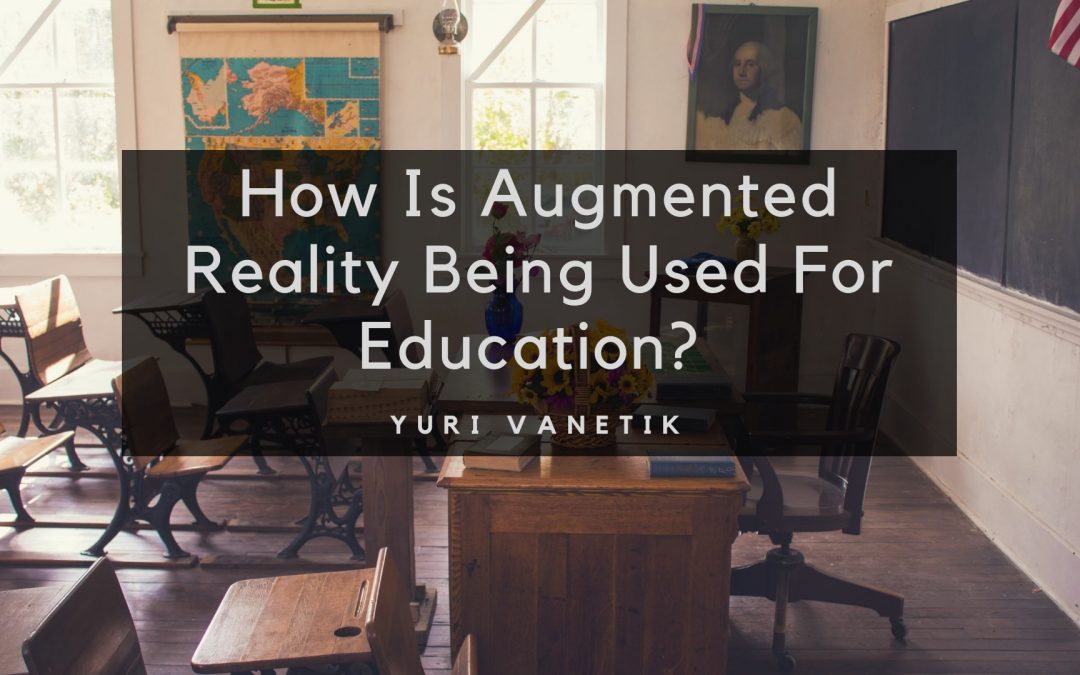Augmented reality and virtual reality are two up and coming technologies that are showing enormous prospects in the world of education. The difference between augmented reality and virtual reality is that virtual reality generally requires goggles or some type of headset that allows you to essentially immerse yourself entirely in a different reality. For instance, you might run a program that would “virtually” place you in the Louvre Museum and allow you to walk around and explore.
The problem, of course, is that you are wearing a headset, which means you are no longer aware of what is happening in the physical space you are in. That leaves you open to the potential for running into walls or even more serious catastrophes. Augmented reality, however, is essentially an overlay on a digital screen that can interact with reality. For instance, imagine a child was taking a tour of the Louvre. A digital docent could guide them on a personal tour and answer their questions individually.
Augmented reality can help make learning more fun and interactive by combining digital knowledge bases with real work interaction. In addition to making subjects like history and geography almost literally come alive, augmented reality can also help teach more concrete skills like coding or playing the piano. Imagine being able to hold your phone up to a piano keyboard and watch a set of hands play across the keys. Not only could a child learn which keys to press to make certain sounds, but they can also get a sense of more advanced technique and style.
Imagine taking a trip to Mount Rushmore and being able to have a virtual conversation with Teddy Roosevelt or Abraham Lincoln. Imagine a virtual art teacher that can not only guide you in learning how to draw certain objects but critique your work and help you improve. While augmented reality is still largely in its infancy, there is no doubt that it holds exciting prospects for the education of the future.
Perhaps the best part of augmented reality is that it can be accessed at any time and from anywhere. It also can create a personal and individualized learning experience for every student. No more teachers being overwhelmed by questions from 20-30 students or tour guides unable to answer each child’s question personally and individually.
About The Author
Yuri Vanetik is an Entrepreneur, Business Expert and Philanthropist in Orange County, California. He brings 25 years of professional experience in a wide variety of industries, including law, finance, real estate development, and politics. Throughout the years, Yuri Vanetik has provided ongoing support to a variety of organizations that support the three causes that are most important to him: education, public health, and community stability. He has held board positions for several non-profit organizations, including the Gen Next Foundation, Miracles For Kids, American Red Cross, and International Executive Committee.

